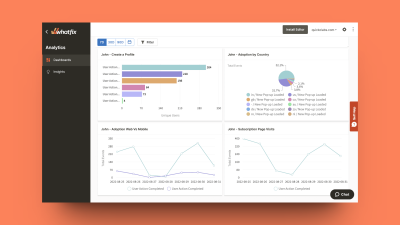The broad seas of digital adoption platforms are not all the same. Just as you wouldn’t say the Pacific is the same as the Atlantic because it’s full of saltwater, there are many types of tools that are more specialized for certain purposes. In the case of Whatfix, its specific purpose is internal onboarding.
An easy way to understand Whatfix is that it’s a more modern version of WalkMe. WalkMe is the grandfather of employee onboarding tools, having started life as a Salesforce training tool. Now imagine a version that is easier to implement and use.
Having said that, Whatfix is not without its flaws, even in the category of employee onboarding. First of all, it comes with a ton of features that may not be necessary for internal onboarding like its content creation and management system. Sure, it could be a great plus, but is it absolutely vital? It’s questionable considering that Whatfix can be quite pricey.
So let’s take a look at Whatfix, what the reasons for alternatives are, and what alternatives are the best options.
Here are our recommendations for Whatfix alternatives:
If you're looking for end-user experiences as opposed to internal or employee-facing experiences, then go for
Chameleon 👋
Appcues
If you want something more streamlined for employee training go for
Spekit
Inline Manual
Stonly
Scribe
Reasons to look for Whatfix alternatives
1. I want something focused on end-user experiences
Whatfix is a good internal training and onboarding tool. But if that’s not your focus and you want to create experiences for your end-users in multiple formats targeted to different user segments, that’s a whole different ball game.
For user adoption, you need to find a dedicated end-user experience builder.
2. I want something more streamlined for internal onboarding
While Whatfix is good for internal usage, it comes with many bells and whistles, and you may not want all of those added features on top of what you only require. For instance, maybe you don’t need all of their content creation feature. Or maybe you want something that’s more specific to a certain platform like Microsoft or Salesforce.
For that, there are many simpler options for creating educational material for your employees.
I want something more focused for end-user experiences
If your priority is about guiding end-users in your product instead of educating members of your team, a user onboarding platform is preferred over an employee onboarding platform.
User onboarding platforms specifically cater to customers, prioritizing their needs and creating seamless experiences. They focus on product adoption and user satisfaction through interactive tutorials and guided tours.
A user onboarding platform can enhance the overall user experience, increase customer retention, and improve engagement. In contrast, employee onboarding platforms focus on internal business processes and training for new hires within the organization. Here are two top alternatives in our mind.
Appcues: A comprehensive platform for building onboarding
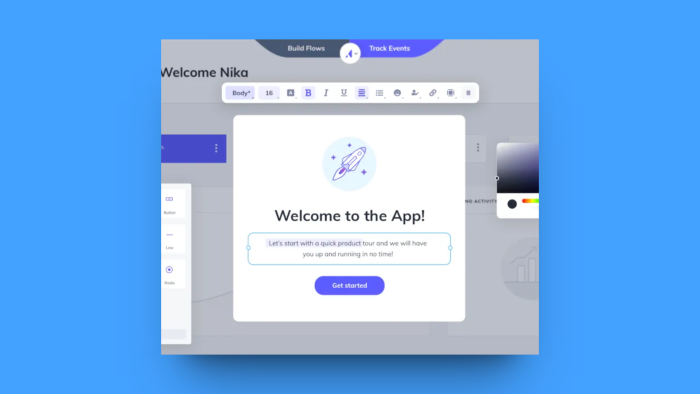
If you want to create end-user experiences and build effective user onboarding, then you have to go with a digital adoption platform that is specialized for that purpose. Appcues is one of them.
With its no-code builder, you can easily build UX patterns that nudge users towards a desired action inside your product.
Appcues pricing:
Starting from $249/month for the Growth plan up to $999+/month for the Enterprise plan.
Key advantages of Appcues over Whatfix:
Appcues is a platform more specialized for end-user experience building
Appcues is much simpler to implement and use than Whatfix
Chameleon: The most versatile in-app UX builder for end-users
You knew this was coming, but we're not just blowing hot air here. Chameleon is built different, because it is hyper-focused on being the most versatile end-user onboarding tool in the market.
Chameleon's easy-to-use no-code builder lets you create user onboarding processes, in-app guidance, customer feedback flows, as well as self-serve help menus for customer success.
To sum it up, when it comes to creating UX with depth and on-brand styling, there is simply no match.
Chameleon's targeting also allows you to activate relevant onboarding flows to certain user segments, and gives you the ability to deliver self-serve features that reduce support costs.
Not only that, Chameleon’s integrations are more focused on end-user engagement like Chili Piper and user behavior data analytics like Mixpanel, while Whatfix’s integrations are more tuned for internal management like Workday and Microsoft.
So if your goal is to create sophisticated end-user experiences and build effective product tours, Chameleon is the best alternative.
Chameleon pricing:
Starting from $279/month for Startup plan at 2,000 MTUs with custom pricing for higher MTUs
Key advantages of Chameleon over Whatfix:
Chameleon has superior end-user experience building capacities.
Chameleon’s targeting and customization is much more versatile and deeper
Chameleon’s wide range of integrations make it a much better fit into any tech stack
I want something more streamlined for internal onboarding
Whatfix is a comprehensive platform that does far more than employee onboarding. It’s a suite of tools that are widely used by enterprise clients. But when you’re seeking a solution solely for employee education, you may opt for tools that prioritize ease of use and streamlined functionality.
So let’s take a look at alternatives that offer a specific focus on employee learning, providing intuitive features and user-friendly interfaces.
Spekit: For when you need a Salesforce training solution
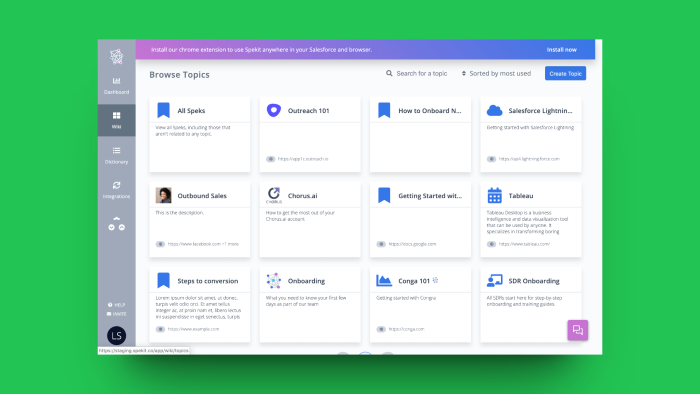
Salesforce was in fact the reason why WalkMe started in the first place. It was a training system for onboarding employees to Salesforce. Now there are many solutions that address this, like Spekit, a highly specialized tool for Salesforce training that seems to have a much better grip on it than Whatfix.
One proof of this is that on the Salesforce AppExchange, Spekit has 5 stars, while Whatfix doesn’t even have a single review.
There is a catch though, which is that Spekit is the more expensive platform in this case. On Salesforce AppExchange, Spekit costs $27 / user / month, while Whatfix costs $6 / user / month.
Spekit pricing:
You need to contact Spekit. But if it’s for Salesforce specifically, it’s $27 / user / month
Key advantages of Spekit over Whatfix:
Spekit offers a better Salesforce learning tool
Stonly: Interactive employee education with ease
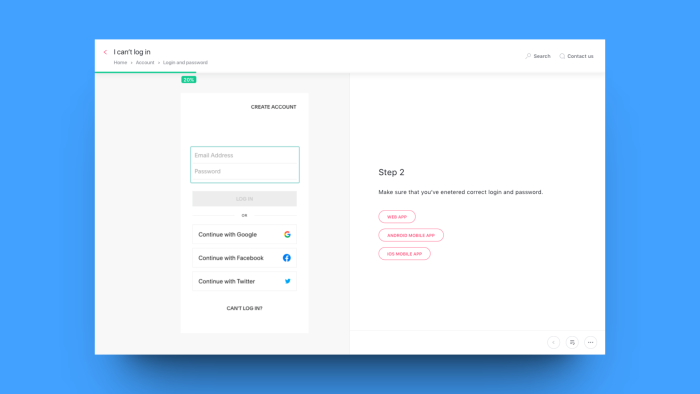
If your focus is on creating interactive guides rather than in-app onboarding flows, Stonly is probably the better solution than Whatfix. Stonly allows you to create interactive guides and tutorials to help users learn and adopt new features within your application.
Like many no-code platforms, it is designed to be user-friendly and does not require any technical skills to create guides. Best of all, Stonly is cheaper than Whatfix with a simpler pricing model.
Stonly pricing:
Starting from $199/month for 4,000 guide views a month and 5 team members
Key advantages of Stonly over Whatfix:
Stonly is focused more on creating interactive guides and tutorials
Stonly is easier to use and manage
Inline Manual: A more affordable option for employee training basics
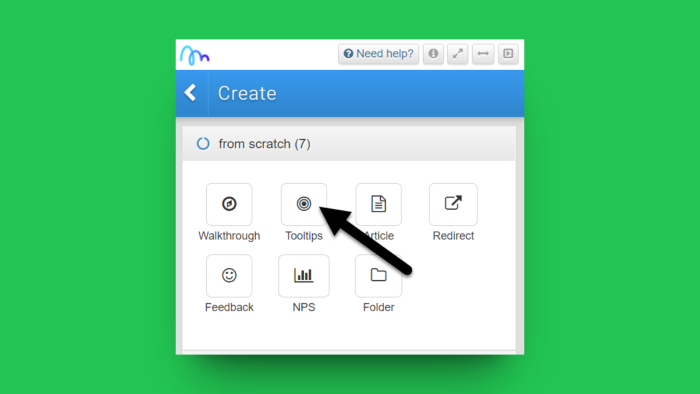
Inline Manual is basic on the surface. It gives you the minimum set of tools that most other platforms have such as interactive walkthroughs, tooltips, feedback surveys, and in-app checklists.
However, it is that simplicity combined with the very affordable pricing that makes Inline Manual a much better fit for the budget conscious.
It does lack in a few places, such as for in-app analytics and its integrations, but for the price you pay, you can get good value out of it.
Inline Manual pricing:
Inline Manual starts at $158 a month.
Key advantages of Inline Manual over Whatfix:
Inline Manual is cheaper
Its features are more focused on onboarding
Scribe: A simpler, easier approach to employee education
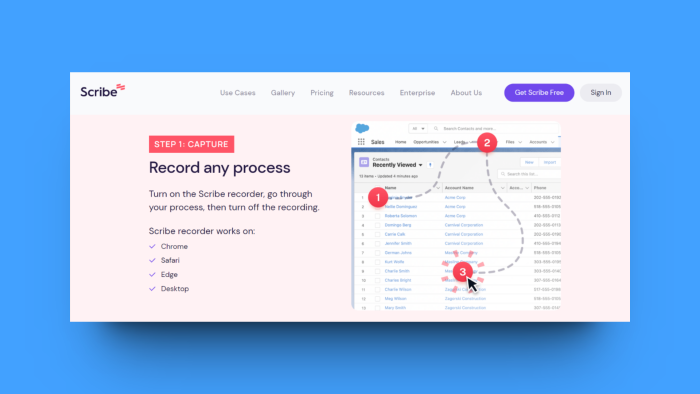
If you want to focus on employee training, Scribe could be the simple solution. Unlike other platforms that are a suite of tools, Scribe does one thing well, which is to capture any process into a step-by-step guide.
Scribe's Chrome extension scans your interactions, and based on that creates a series of screenshots and instructions that are easy to read and share.
If you don’t need Whatfix’s bells and whistles, then Scribe is the tool for you.
Scribe pricing:
There is a free plan available, with a Pro plan starting at $23 / user / month
Key advantages of Scribe over Whatfix:
Scribe is super simple to use and requires no technical knowledge
It creates guide more quickly and needs much less effort
End users vs Employees
To summarize, finding the right Whatfix alternative all starts with determining for whom you need the onboarding solution for. If it’s for employees, then you’ll want to look at other employee training tools like Stonly and Inline Manual.
For end-users, you need to go with dedicated user onboarding platforms like Chameleon and Appcues.
As always, make sure to thoroughly test out all digital adoption solutions you trial, confirm the value that you could get out of them, and choose based on how much ROI you stand to achieve.
And while you’re at it, if the goal is for end users after all, then try Chameleon for free. Like we mentioned above, our suite of tools let you create the most versatile UX patterns to design in-app guidance and user engagement.
